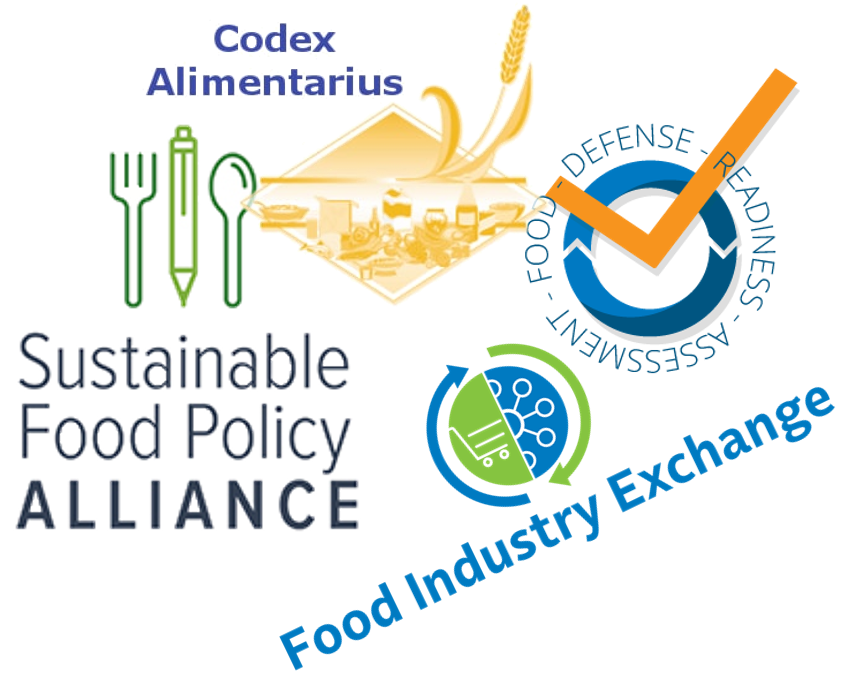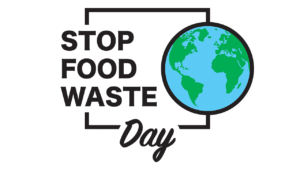The novel coronavirus outbreak piqued interest in supply chain operations, particularly in the food supply chain. On 16 March 2020, in response to COVID-19, the President issued “Coronavirus Critical Infrastructure Guidance for America.” In addition to personal safety instructions, this guidance stated:
“If you work in a critical infrastructure industry, as defined by the Department of Homeland Security, such as healthcare services and pharmaceutical and food supply, you have a special responsibility to maintain your normal work schedule.”
As a result, most employees in the food supply chain were considered essential workers and ensuring their safety became a national priority. In addition to government guidelines for the food supply chain, the Consumer Brands Association (CBA — formerly the Grocery Manufacturers Association) started a review of supply chain infrastructure, particularly that portion associated with food industries. The CBA has been working with a broad coalition of consumer goods stakeholders during the pandemic, as well as frequently engaging with the White House Coronavirus Task Force, the Centers for Disease Control and Prevention (CDC), the Occupational Safety and Health Administration (OSHA) and the Food and Drug Administration (FDA).[1] In April, the CBA organized with 35 other industry associations to form the Critical Infrastructure Supply Chain Council (CISCC) in order to address the challenges associated with the spread of COVID-19. They are promoting the formation of a National Supply Chain Council within the Federal government to coordinate strategic supply chain activities for situations like the COVID pandemic. This new government role would be the primary touchpoint for industry to work on policy and operational developments to strengthen the U.S. food supply chain for future pandemics and national security preparedness.
COVID-driven actions in the food supply chain
Food Industry businesses have dealt with several COVID-related challenges; such as in the meat processing industry, where numerous facilities shut down due to large numbers of workers contracting COVID-19. The pandemic impact having the largest negative effect on the food sector and the economy was the closing of restaurants and other food service businesses. Since over half of the fruits and vegetables in the U.S. are sold through the food service sector, that part of the food distribution network was almost completely shut down. Even though many of the same ingredients are used in both food services and grocery stores, the ways products are sourced, packaged, and delivered through the two supply chains are very different. Bulk packaging supplied to restaurants and hotels is not suitable for individual consumers.
These are just some of the drivers now being investigated by CBA and other industry partners in food and agriculture supply chains to determine the recommendations to be used by the Federal Government to prepare policy changes for the next pandemic. The CBA isn’t the only group worrying about food sector policies and regulations. Nestlé, Mars, Danone, and Unilever created an association called the Sustainable Food Policy Alliance. Its mission is to focus on policy advocacy for the environment, nutrition, food and worker safety, and consumer transparency. The Alliance is addressing policy issues that would be of interest to a National Supply Chain Council. Other organizations involved in food supply chain and food safety issues include:
- DHS Food Protection and Defense Institute. The Food Protection and Defense Institute (FPDI) at the University of Minnesota offers a variety of food safety services and tools including “Disease Watch,” which is a system that collects data from many different sources, including public health, disaster and events, global news media and reports from government agencies.
- Food Industry Exchange. The Food Marketing Institute (FMI) and The Seam, a leading provider of commodities trading and agriculture software solutions, recently announced the launch of the Food Industry Exchange. The primary purpose of the platform is to bring e-commerce efficiencies to the food supply chain, while also serving as a critical tool in times of need like the COVID-19 pandemic. Retailers requiring additional resources to fulfill needs at grocery stores are provided links to sellers that have available product inventory, shipping/transportation services, supplemental labor, and warehousing services.
- Food Business Status Reporting System for Crisis Management. Another FMI initiative, in partnership with SABER, the Single Automated Business Exchange for Reporting, is the Food Business Status Reporting System for Crisis Management.[2] The system was created prior to the pandemic and aimed to save FMI members time; improve timeliness and accuracy of information exchange; and reduce gaps, overlaps, and inconsistencies in the critical information that governments use to prioritize emergency response decisions. The system was recently updated to address COVID-19 store closures in addition to other disaster situations (fire, hurricanes, tornados, etc.).
- The Codex Alimentarius. The Codex Alimentarius provides a collection of internationally adopted food standards and related texts presented in a uniform manner. According to Tom Heilandt, Secretary of the Codex Alimentarius Commission, “The good news is that we know how this can be done because in no other field related to food safety is there so much guidance and experience as in food hygiene. Codex has been a pioneer in globalizing food hygiene and has been building and modernizing its system over the years with its signature texts giving practical guidance on how to apply and implement best practices to ensure food hygiene (General Principles of Food Hygiene, CXC 1- 1969), handle meats (Code of Hygienic Practice for Meat, CXC 58 – 2005), and control viruses in foods (Guidelines for the Application of General Principles of Food Hygiene to the Control of Viruses in Food (CXG 79-2012).”
The way ahead
The staff at Codex Alimentarius notes, “In times of self-isolation and quarantine we all rely more than ever on a safe and efficient food supply chain to ensure that food is readily available in every home. As food shopping in stores and markets becomes more difficult for consumers because of the measures to reduce contact and avoid the person-to-person spread of coronavirus, governments are doing all they can to keep food available on the shelves. To ensure this, the food itself and the people working hard to provide it need to be kept safe. Food hygiene is key to that. Though current evidence indicates that for COVID-19 the main transmission is between humans and not through food, good food hygiene is as important as ever as it does not only protect from the new virus but also from those other viruses that do easily transmit through food (e.g., norovirus and hepatitis A) and from harmful bacteria.”[3] A holistic approach to food safety must be taken which accounts for resources, people, and processes in the food supply chain. Like the air we breathe and water we drink, the food we eat must be clean and safe if humans are to thrive in the years ahead.
Footnotes
[1] Lisa Johnston, “Supply Chain Storytelling: Freeman Previews CBA’s New Priorities Moving Through COVID,” Consumer Goods Technology,
[2] Staff, “FMI Partners with SABER on Business Status Reporting System for Crisis Management,” Food Marketing Institute, 10 September 2019.
[3] Staff, “Protecting the food supply chain from COVID-19,” Codex Alimentarius, 8 April 2020.





